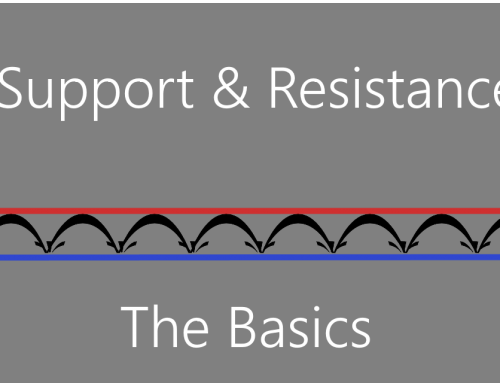What is a Gap Open?
A gap-open is when the opening price of a stock is above (gap up) or below (gap down) the previous session’s closing price. The Gap-Open Trading Tactic takes advantage of often predictable price action for stocks that gap up or down at the open.
Gap-Open Trading Tactic
Here is the basic criteria for selecting Gap-Open stocks to trade:
The stock must gap open to the upside on good news such as a split announcement, positive earnings report, a brokerage upgrade, or strong buying in the stock’s sector.
Ideally, the stock should gap above the previous day’s high.
The stock should be a relatively strong issue that is in an up trend and/or rebounding off significant price support, a major moving average (like the 50-DMA or the 200-DMA), or a well-defined trend line.
Preferably, the company should be in a very strong sector and/or industry.
How to trade the Gap-Open Tactic
Once the stock has gapped open to the upside in the morning and has traded for a complete half-hour, the entry point at which to buy will be 1/4 above the high of the 1st half-hour. In other words, the stock should only be bought after it has traded for a complete half-hour, and then only if it manages to trade 1/4 point above the highest price of the first half-hour. (NOTE: For aggressive traders, you can adapt this to the first fifteen minutes. Realize that you add more risk to the trade by shortening the evaluation time period. Conversely, traders who are less risk prone, should use 45 minutes to one hour.)
The ideal situation occurs when the break above the 1st half-hour’s high happens several hours after the 1st half-hour of trading (mid to latter day).
Also, should the “gap open” take the issue from below to above a significant moving average like the 50-DMA or 200-DMA, consider it a very bullish sign and therefore an extremely compelling play.
Gap Down at the Open Trading Strategy
Note that not all gap opens are to the upside. A gap down at the open can be played in a similar manner with the intention of selling the stock short. When going short, the same rules for gap-ups apply “in reverse.” Just look for a relatively weak issue in a downtrend, and a known reason for the gap down.
Once the stock has traded for a complete half-hour, the entry point at which to sell-short will be 1/4 point below the low of the 1st half-hour. In other words, you should only go short after the stock has traded for a complete half-hour, and then only if it manages to trade 1/4 point below the lowest price of the first half-hour.






